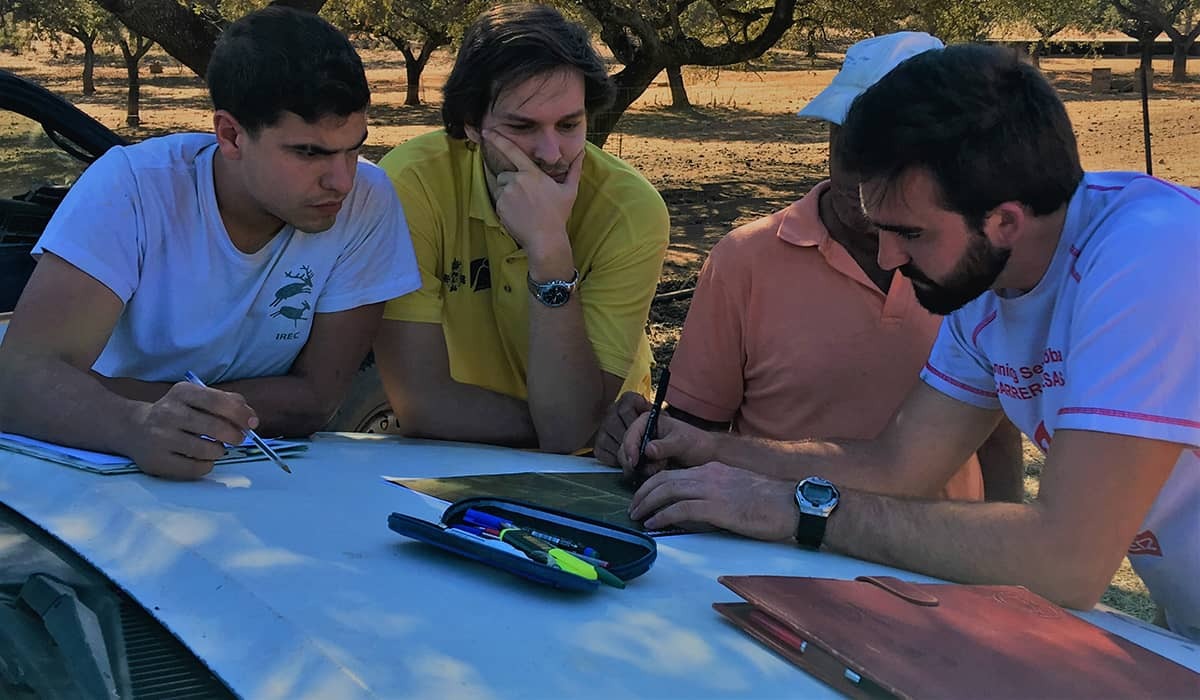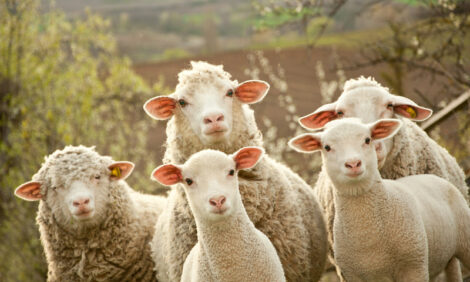



Mitigating the risk of pathogen transmission between wildlife and livestock
A biosecurity protocol developed to reduce the risk of tuberculosis and other diseasesA work by IREC, a pioneer in science applied to extensive livestock farming, develops a systematic but adaptable protocol to implement biosecurity against wildlife in extensive cattle farms and reduce the risk of transmission of tuberculosis and other diseases.
Animal tuberculosis is a zoonotic disease (can be transmitted to humans) with worldwide distribution. Tuberculosis mycobacteria have several domestic and wild reservoirs, capable of maintaining the infection in a multitude of settings. Of all the strategies used to control tuberculosis, reducing the risks of interaction at the wildlife-livestock interface is a key piece. However, there is a lack of standardized protocols with which to assess the risks at the level of the operation in order to, from there, propose personalized preventive actions. It's all about avoiding interactions between wildlife and extensive livestock.
Over the past decade, researchers at the Research Group in Health and Biotechnology (SaBio) of the Instituto de Investigación en Recursos Cinegéticos (IREC – CSIC, UCLM, JCCM), along with collaborators from the University of Córdoba, the Center for Veterinary Health Surveillance (VISAVET, Complutense University of Madrid) and the spin-off Sabiotec, have worked on various studies and collaborations on biosafety in extensive cattle farms, thanks to a national R&D plan project (among others).
The fruit of this work is a novel protocol for the diagnosis and mitigation of tuberculosis risk focused on avoiding interactions between domestic and wild reservoirs in extensive cattle farms in Mediterranean environments. The work, recently published in the journal Preventive Veterinary Medicines, evaluates the degree of implementation of the action plans generated with said protocol to know its applicability and practical acceptability by farmers from 55 farms in central-southern Spain.

The results obtained show that it is possible to apply a protocol to define the relevant epidemiological characteristics of the herds, their management and risks to, finally, create specific management plans. To this end, a risk scoring system has been incorporated that is applied to each specific risk point. Specifically, drinking troughs and ponds are the most common risk points (41% and 24% of the identified risk points, respectively), the latter being the ones that present the greatest health risk. Consequently, Actions related to water management, such as the installation of raised drinking troughs, are fundamental in most farms. Actions related to wildlife management also have weight, for example, avoiding attracting game.

In general, 75% of farmers have adopted the action plans, with an average of 32% of actions implemented, although with a high variability depending on the type of actions proposed, giving priority to low-cost measures.
The experiences carried out indicate that the developed protocol is practical and feasible to be applied in Mediterranean ecosystems, easily transferable to veterinary and livestock professionals, and even with a high potential to be adapted to other geographical regions and epidemiological systems..
On the other hand, the work highlights the need to evaluate the effectiveness of the plans implemented in reducing the risks of interaction, and work on dissemination and awareness to involve farmers and thus increase the acceptability of the plans. The development of interaction risk mitigation programs is revealed as a complementary, effective and necessary tool to the fight against tuberculosis.


